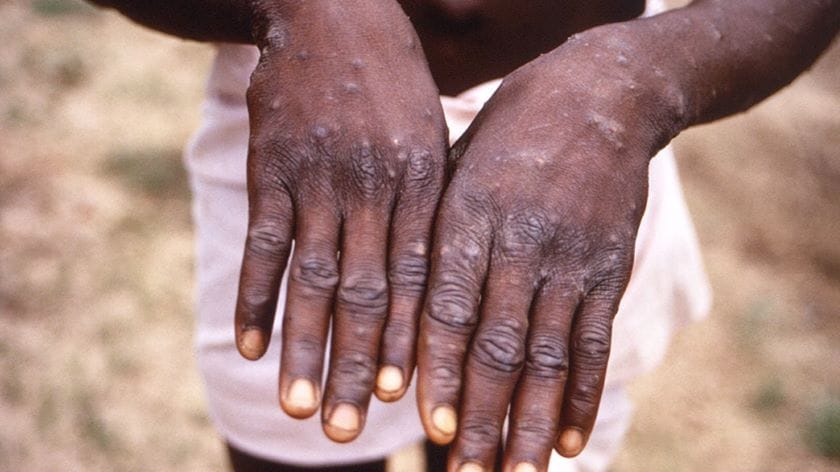Health teams in West Pokot have isolated a 38-year-old man with symptoms consistent with mpox and moved quickly to trace and watch his close contacts. The patient was admitted to Kacheliba Sub-County Hospital after falling ill and samples have been sent to the National Public Health Laboratory for confirmation.
The man first sought care on August 9 at a local clinic in Nakuyen, but his condition worsened by August 12 when he developed fever, sore throat, headache, muscle pain, backache, fatigue and swollen lymph nodes — classic early signs doctors watch for in mpox. He was placed in isolation at Kacheliba Hospital and is getting specialised care while tests are processed in Nairobi.
This patient is being managed under strict infection prevention protocols, and the situation is under control, said Nicholas Siwatom, West Pokot’s director of public communication.
Health teams have already traced and isolated four close contacts who remain under observation. Authorities are asking residents to stay calm and to cooperate with surveillance efforts.
The case raises cross-border concerns because the patient recently travelled to Krigi in Uganda. Cross-border movement can help spread infections, which is why rapid testing and contact tracing are key tools to stop further spread. Samples from suspected cases go to the National Public Health Laboratory (NPHL) for PCR testing, the gold standard for confirming mpox.
Why this matters now: Kenya has faced mpox transmission since 2024, driven in part by a clade of the virus that has spread in parts of East and Central Africa. Global and national health agencies continue to track cases and advise stronger surveillance and testing in areas with suspected infections. Early detection helps protect communities and health workers and reduces wider disruption.
What is mpox and how it spreads? Mpox is caused by an orthopoxvirus. It can spread through close contact with an infected person’s skin lesions, bodily fluids, respiratory droplets during prolonged face-to-face contact, or contaminated items such as bedding. Early symptoms include fever, headache and swollen lymph nodes; later a rash with pustules can appear. Most people recover, but infections can be severe in some groups, so quick care matters.
What authorities are doing: local teams have isolated the patient, traced and quarantined close contacts, and asked the public to follow prevention steps — wash hands, avoid close contact with anyone who has a rash, and seek health care if symptoms appear. The county has also warned against rumours and urged people to rely on official updates.
What you can do: if you live near West Pokot or travelled to the area recently, watch for fever, sore throat, swollen glands or an unusual rash. Seek medical help early and avoid close contact with others until you are checked. Health workers will take swabs for testing and advise on care and isolation if needed. Travel-health advisories also remind travellers to maintain hygiene and avoid contact with sick people.
The West Pokot alert shows the value of quick local action: isolation, testing and contact tracing can contain a threat before it spreads widely. Officials say they will update the public when test results return from Nairobi. Until then, calm, cooperation and good hygiene remain the best protection for families and communities.
Featured image via screengrab








